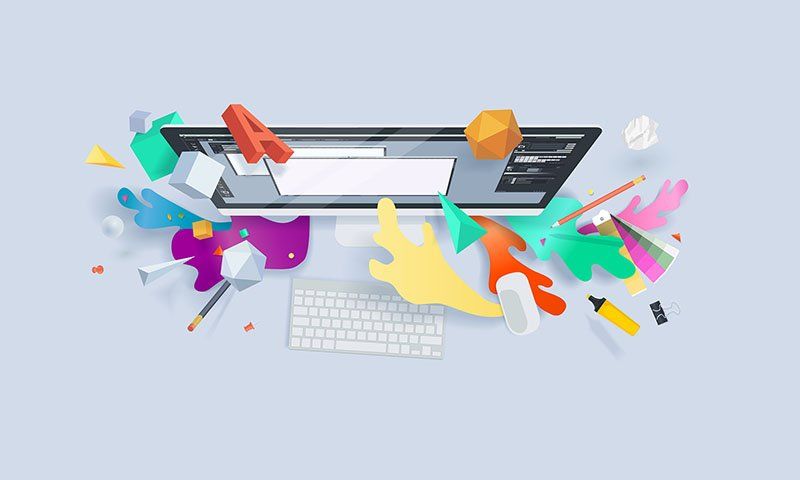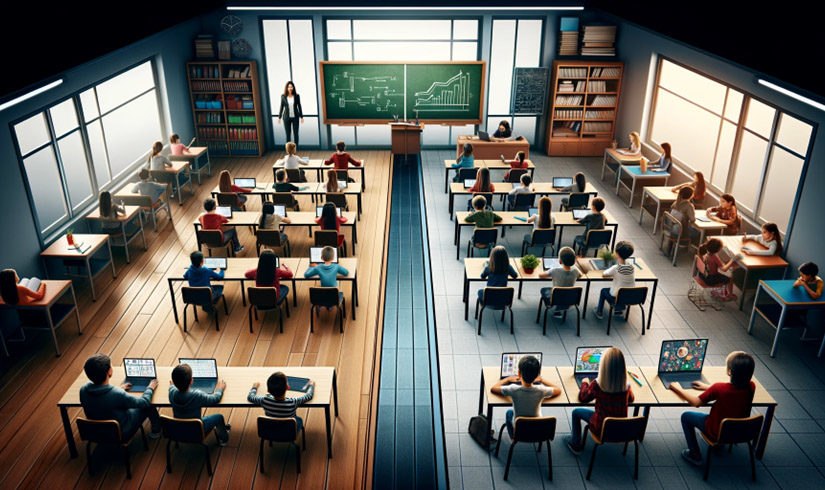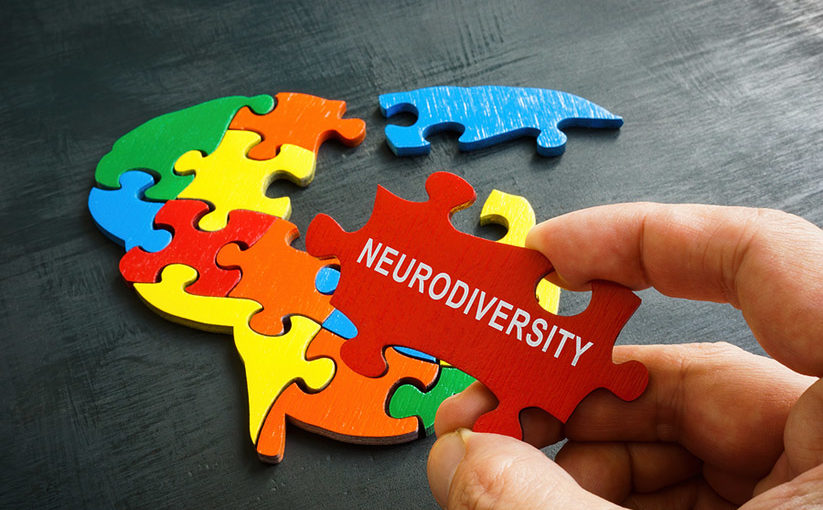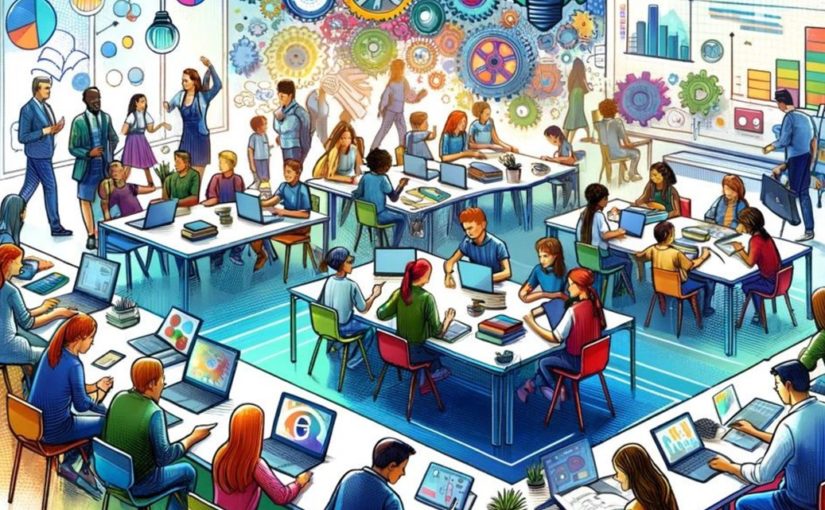Microlearning is a disruptive technology that is going to transform the learning landscape.
It will move us away from traditional classroom-based, block-learning to on-demand, bite-size learning, delivered via mobile devices or virtually to desktops.
In reality microlearning has been happening outside the workplace, for years.
When we, ‘Google it’, watch a 5 minute YouTube tutorial, or read a Q&A thesis on Quora, we are microlearning. It has become so second nature, we don’t even realise we are learning.
Taking it into the work-place is a new and exciting challenge for L&D professionals, and with all eyes on it, a great first impression is required.
If it all seems a little fancy. Don’t be put off. Some just call it short elearning content sessions!
But the bar has been already been set very high with microlearning and your employees will become easily bored and quickly disengaged if your content doesn’t hit the sweet spot.
So, here’s several tips on how to design high impact microlearning sessions.
Clear Vision And Goals
Because, there is so much irresistible technology on offer with microlearning, it could be very easy to start running before you can walk.
However, without a having a clear idea of what you want to achieve with microlearning you’ll never be able to create user-centric, high impact microlearning content.
It stands to reason really.
The basics of learning content development apply to microlearning too, and you should start out by: identifying the required knowledge area, analysing, knowing and, if necessary, segmenting your audience and devising your learning objectives.
Select Appropriate Content
Certain types of content are suited to microlearning and others are most certainly not.
For example a 100 page document on, ‘cyber-security procedures’ might not be easily distilled into an engaging bite-size microlearning programme.
In this case, you might blend this learning, having the lion share of it in a more continuous class-room format, and the remainder in a snappy bite-size microlearning format.
Alternatively, you might choose to avoid monolithic, learning content blocks and focus on providing a stream of microlearning content to address the countless micro challenges and situations faced by employees.
For example, your employee who is having a problem with missing deadlines might not need to be sent on 2 day project management course but may simply benefit from several targeted microlearning videos, PDFs, quizzes around time management and prioritisation.
Choose content wisely.
Offer Different Media Formats To Accommodate Preferred Learning Styles.
The written word is a undoubtedly a proven and highly effective learning format, but with microlearning it’s not the only one.
By being more expansive in your outlook and developing visual formats (such as infographics) and video for increased knowledge retention, you can also accommodate those with more visual learning styles.
Audio podcasts increase the accessibility of your content further as they are perhaps the most practical to use when one is out and about.
The more media formats you use the more universally consumable and engaging your content will be.
Gamification
This is where game design elements are used in a real-world context, i.e. to motive learning and facilitate knowledge retention.
By creating a game-based element around learning you can increase effort and mental application, encouraging people to push themselves beyond their usual boundaries, thereby enhancing learning.
Does it work?
Research shows that: badges, leader-boards and performance graphs make tasks seem more meaningful and satisfying.
This means that gamification can make learning tasks seem more engaging.
In a learning context gamification could involve giving badges once a learner has completed a certain number of learning units or it could perhaps involve a leader-board of top 10 learners.
These kind of game elements can build a healthy sense of competition and fun around microlearning, boosting engagement.
If you want to maximise the impact of your microlearning, it’s vital that you build in some level of gamification.
Socialisation
One of the most obvious criticisms around microlearning, (particularly from extroverts), is the social isolation, but this is a myth.
If designed well, microlearning can be highly social.
If you want to create high impact microlearning which resonates with socially motivated learners, then build in a social element.
How?
By using the appropriate technologies you can give your learners the ability to comment/rate your microlearning in a publicly visible comments section.
This allows you to create a lively and highly social discussion forum around your learning.
Also, you can create another discussion board and/or chatroom where learners can: talk about their learning and perhaps how they’ve applied it, share tips and even ask questions of each other or of course experts.
This public forum can also allow one-to-many questions and answers which can accelerate knowledge transfer and learning. But make sure that your eLearning platform can support all of this. When selecting an LMS you need to look to the future of what you may need even if you don’t need it now!
Adopt A Lean Approach To Design
Never lose sight of your audience when designing microlearning courses.
Your typical learner is: time-pressured, being exposed to multiple stimuli, and prone to distraction.
This is nothing like the captive audience that you might enjoy in a training room.
In order to hit the microlearners precious attention sweet spot, courses should be precise and concise and bite-size, (3 to 8 minutes in length is ideal).
For example, a microlearning module in a broad topic area such as ‘Interview Skills’ would be untenable, because you could not create the appropriate depth of content to do the topic justice in a 10 minute course.
That’s why an interview course for microlearning might be broken up into 10 short modules that learners could access, at will, as needed.
Appropriate bite-size microlearning modules for interviewers might cover things like: illegal interview questions, what to do if a candidate is nervous and reticent, icebreakers etc.…
These are relevant to the point and address a range of potentially pressing pain points making them perfect, on-demand microlearning material.
Create A Rapid Access Searchable Library Of Content
As your library of content grows, learners literally won’t be able to see the wood for the trees.
Finding the right microlearning content could become a frustrating task itself, which could mean learners start abandoning your learning portal before reading any content.
This is called a bounce.
To minimise your bounce rate ensure you include a powerful search engine and make sure that all microlearning content is appropriately titled and tagged so learners can easily find and absorb the relevant learning modules with ease when they want to.
As an eLearning company, Skillshub is committed to creating efficient and impactful learning experiences. Contact us to find out more.


 Microlearning is a disruptive technology that is going to transform the learning landscape.
Microlearning is a disruptive technology that is going to transform the learning landscape.










